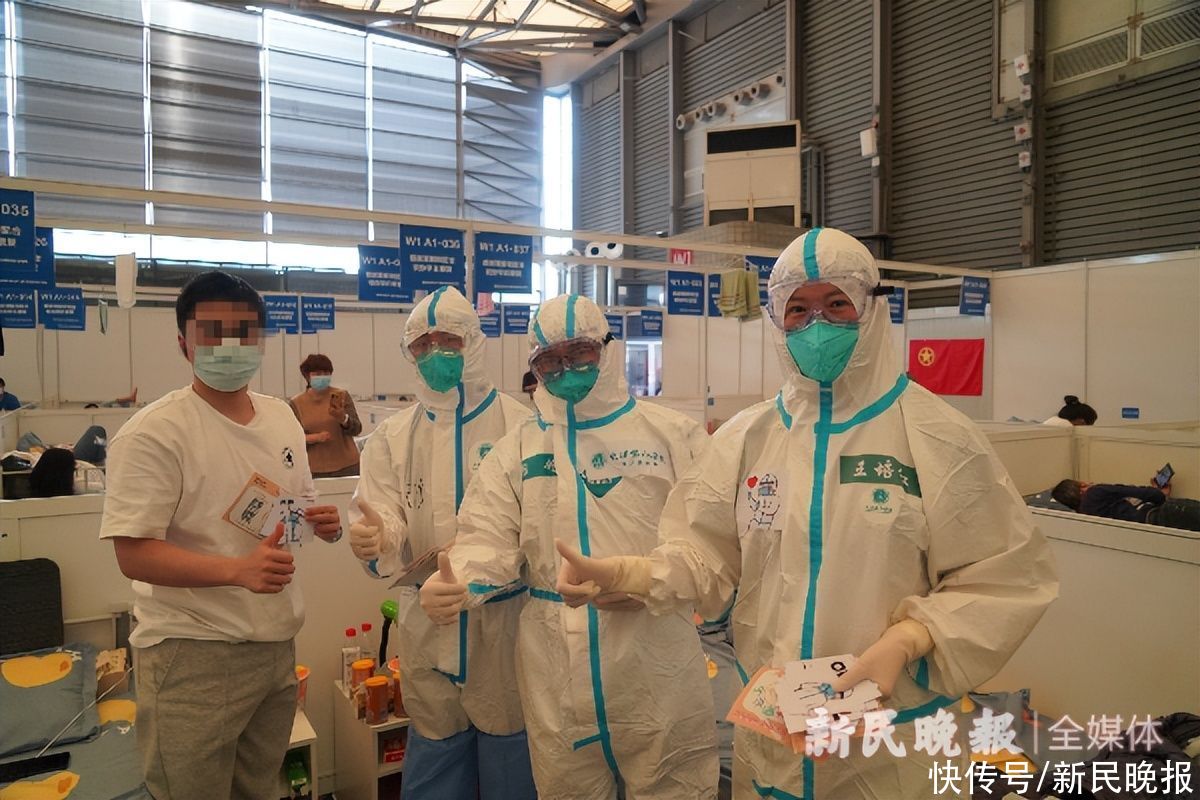
Data map: Before the W1 cabin was converted into a designated hospital, the medical team members of Wuhan Union Medical College Hospital were in the cabin Photo with the patient by Xinmin Evening News reporter Gao Yang (the same below except for the description)
Yesterday was the International Labor Day, it was 6:00 in the morning , The sun has filled the resident room. Sun Hui is the head of cabin W1 of Shanghai New International Expo Center Fangcang cabin hospital and deputy secretary of the Party Committee of Wuhan Union Medical College Hospital. He is also the president of Jianghan Fangcai Hospital, the first makeshift hospital built during the epidemic in Wuhan two years ago. Sun Hui’s first thing after waking up every day is to “swipe his phone”, carefully check the contents of the doctor group on duty and the work group, to ensure that he has a basic understanding of the situation in the cabin the previous night.
Yesterday, the medical team members in Shanghai gave themselves a special holiday gift with their hard work – a 100-year-old patient in remission and was officially discharged from the hospital. “The old man was accompanied by an underlying disease. One morning, he suddenly fell ill. The medical staff have been guarding the bedside for the elderly, giving careful diagnosis and treatment, and finally turned the old man into a safe place.” Sun Hui told reporters. On the occasion of parting, the old man’s daughter-in-law kept thanking her with tears in her eyes.
Not long ago, according to the deployment arrangements of the National Health Commission and the Shanghai Municipal Health Commission, the management team, workers, cleaning and other teams of Shanghai New Guobo Fangcang shelter hospital worked around the clock to complete the W1 , Upgrading of about 2,000 beds in the two cabins of W2. According to hospital standards, there are oxygen inhalation, ECG monitors, ventilators and defibrillators, and a central control platform. Everyone’s heartbeat will be warned and alarmed. At the same time, pharmacies and infusion equipment are equipped, which are not available in Fangcang shelter hospitals before. B-ultrasound, CT, electrocardiogram.
The team led by Sun Hui also participated in the two stages of treatment in Fangcang shelter hospitals and designated hospitals. In an exclusive interview with a reporter from Xinmin Evening News, he said, Everyone come It has been nearly a month in Shanghai, but no one has ever complained about being tired. Taking up the mission with life and protecting the common people with love, the figures of everyone running hard are in exchange for more and more patients recovering and being discharged from the hospital.
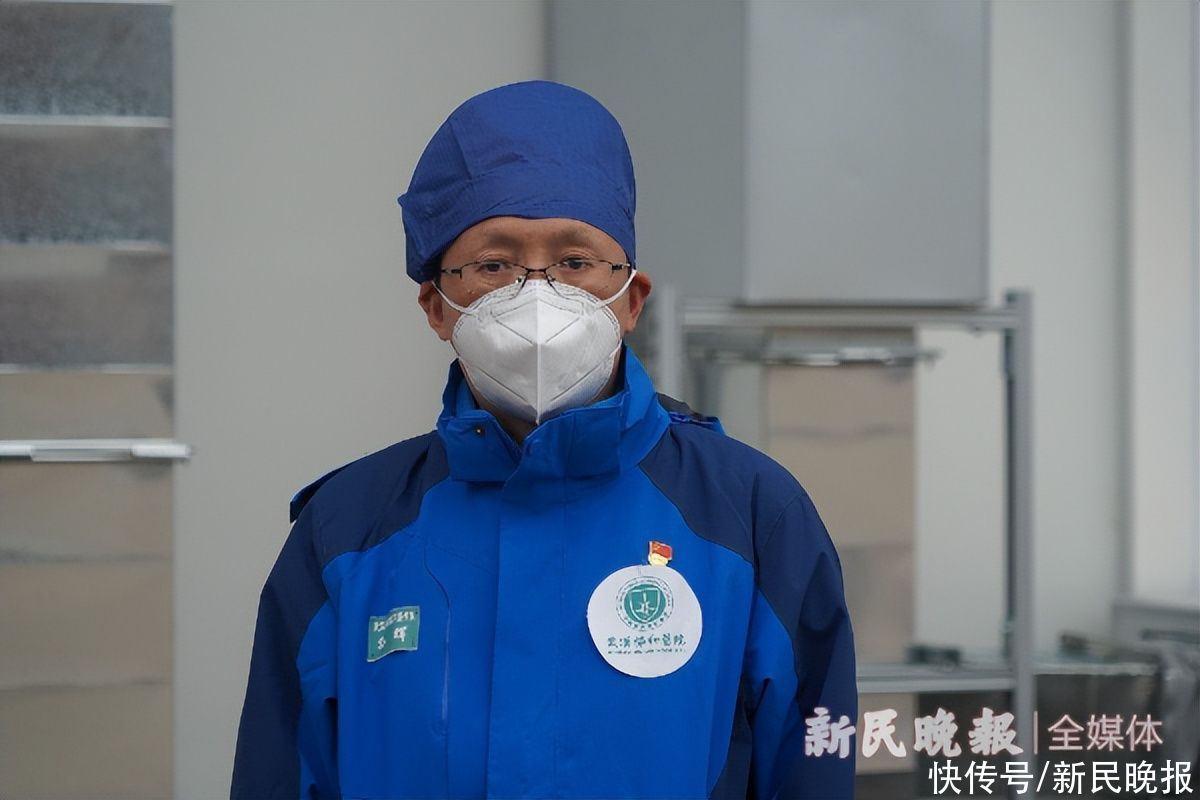
Caption: Xin Guobo Fangcai Hospital Sun Hui, person in charge of cabin W1 and deputy secretary of the Party Committee of Wuhan Union Medical College Hospital
Xinmin Evening News: Can the cabin Hospitals and designated hospitals to introduce the treatment of infected people?
Sun Hui: The functional orientation of the two hospitals is different, so the admission standards are different, and the patient characteristics are different , which determines that the focus of treatment is different.
fangcang shelter hospitals mainly treat asymptomatic infected people and patients with mild symptoms of the new crown without serious underlying diseases. The patients are generally young, able to take care of themselves, and have low requirements for clinical treatment. The main thing is to do a good job of centralized isolation management of patients, including life, psychological support, etc. These patients generally turn negative for nucleic acid quickly. We must arrange nucleic acid tests reasonably. Once the negative conversion reaches the standard, we will arrange for discharge as soon as possible.
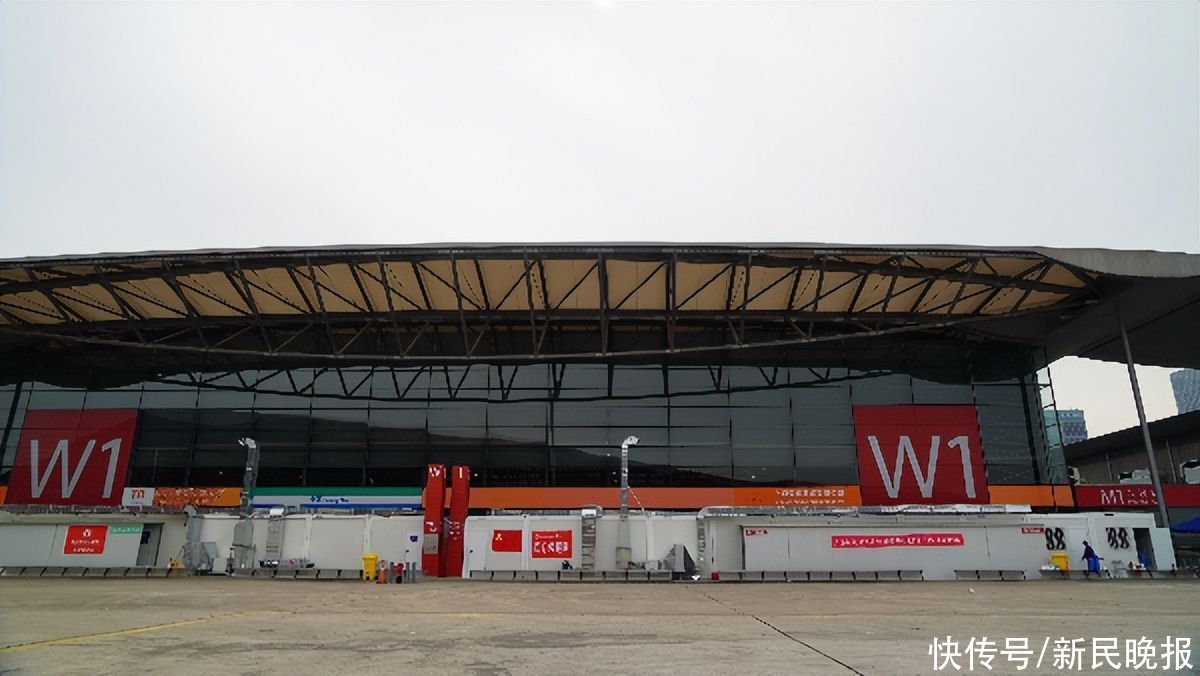
Caption: The W1 cabin of the New National Expo Fangcai Hospital has been upgraded Renovation
designated hospitals mainly treat patients with mild new coronary pneumonia combined with more complex underlying diseases, as well as patients with common new coronary pneumonia. In terms of age structure of patients, most of them are elderly patients with severe underlying diseases, who have a higher risk of becoming severe and are more difficult to treat. Higher requirements are put forward for medical treatment, not only the treatment of new coronary pneumonia, but also the treatment of underlying diseases, especially the treatment of cardiovascular and cerebrovascular diseases. As we all know, the rescue of cardiovascular and cerebrovascular accidents is a brand-new fixed point. The emergency response capability of the hospital is a great test.
Xinmin Evening News: After changing to a designated hospital, what are the admission standards for patients? What is the difference in treatment direction and strategy?
Sun Hui: The admission criteria have been significantly relaxed, among which the age is not limited, and a large number of elderly people are admitted , our principle is to collect as much as possible under the precursor of ensuring medical safety.
The treatment strategy has also changed significantly. Considering that these patients are at significantly greater risk of becoming severe, our medical staff have strengthened their on-duty power. Adopting a three-dimensional management model – on the one hand, the ward director in a regular hospital is in charge and the medical team is in charge of the management model, so that the bed is responsible for the person; A team leader on duty is designated for each shift, a medical coordinator is set up in the entire cabin, and a multidisciplinary emergency rescue team is formed.
At the same time, there are also third-line professors on duty outside the cabin to respond to emergencies at any time; the management of the ward handover at 9 o’clock every day, and the discussion by the expert group of key patients at 11 o’clock is formulated The system effectively guarantees the scientific nature of medical treatment.

Caption: Medical staff take care of patients in cabin W1 span>
Xinmin Evening News: For mild and common patients, how to “move the threshold forward” to prevent them from becoming severe ?
Sun Hui: First, strengthen the on-duty force of medical staff, and the medical staff will fully understand the patient’s condition again when they are on duty. and the current treatment process, and whether the treatment effect has improved; if there is no improvement, evaluate the risk of becoming severe, and closely observe the patient’s vital signs and consciousness.state, and actively treat underlying diseases. The second is to establish a multidisciplinary team of experts, which will discuss all key patients every day, and the treatment plans for key patients are personalized; the third is to ensure that the referral channel is unblocked. Renji Hospital), the patient can be sent to the designated hospital in about half an hour to ensure that the patient can complete further treatment.
Xinmin Evening News: The Omicron virus strain is extremely contagious. What work has the Wuhan Union Medical College Hospital aided Shanghai medical team done in terms of nosocomial infection?
Answer: First, based on the actual situation of the designated hospitals of the New International Expo Center, optimize the work process, improve the infection prevention and control system and early warning mechanism, Formulated the “Guidelines for Prevention and Control of Nosocomial Infections”, “Key Points of Occupational Exposure Emergency Response”, “Hotel Residential Layout and Disinfection Requirements”, “Relevant Regulations on Environmental Monitoring of Hubei Medical Teams in Hotels and Commuter Vehicles”, “Nosocomial Infection Supervision Responsibilities” and other process systems .
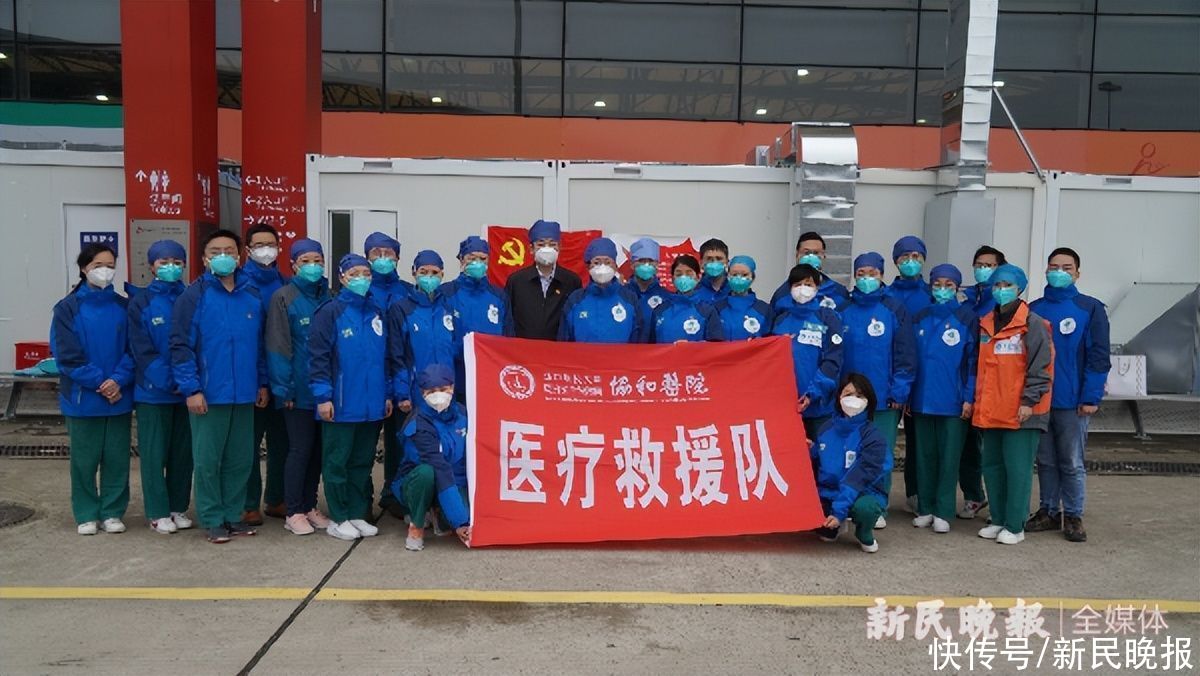
Caption: Wuhan Xiehe supported in the W1 cabin of the New National Expo The medical team members of the hospital are the original staff of Wuhan Jianghan Fangcang shelter hospital. More than 20 kinds of trainings have been carried out to comprehensively improve the awareness and skills of personnel infection prevention and control. The contents include: protective equipment wearing and taking off procedures, hand hygiene standards, occupational exposure emergency treatment procedures, hotel room setting requirements, personal prevention and control requirements, etc.
The third is to implement infection prevention and control in designated hospitals and all aspects of resident activities, and optimize regional channels, processes and details. Set up a W1 hospital infection full-time supervision team, set up a hospital infection special class, and establish an all-round and full-process hospital infection prevention and control strategy. At the same time, personnel control and health monitoring are strictly implemented to reduce the risk of infection.
Xinmin Evening News: We also learned that Wuhan Union Medical College Hospital also dispatched the second batch of medical teams to assist Shanghai to enter the ninth affiliated hospital of Shanghai Jiaotong University School of Medicine. The designated hospital in the northern branch of the People’s Hospital, can you tell us about the work there?
Sun Hui: Led by Wuhan Union Medical College Hospital, integrating Hubei Provincial People’s Hospital, Wuhan First Hospital, Wuhan The Fourth Hospital and the Asian Heart Hospital have a total of 67 people (including 20 people from Wuhan Union Medical College Hospital), who are assigned to the intensive ICU ward of Shanghai No. 9 Hospital, responsible for the medical admission of 16 beds. Up to now, a total of 25 critically ill patients have been admitted, with an average age of 78 years old and the oldest being 97 years old. The first 91-year-old man admitted to the hospital has now turned negative for the new crown nucleic acid test.
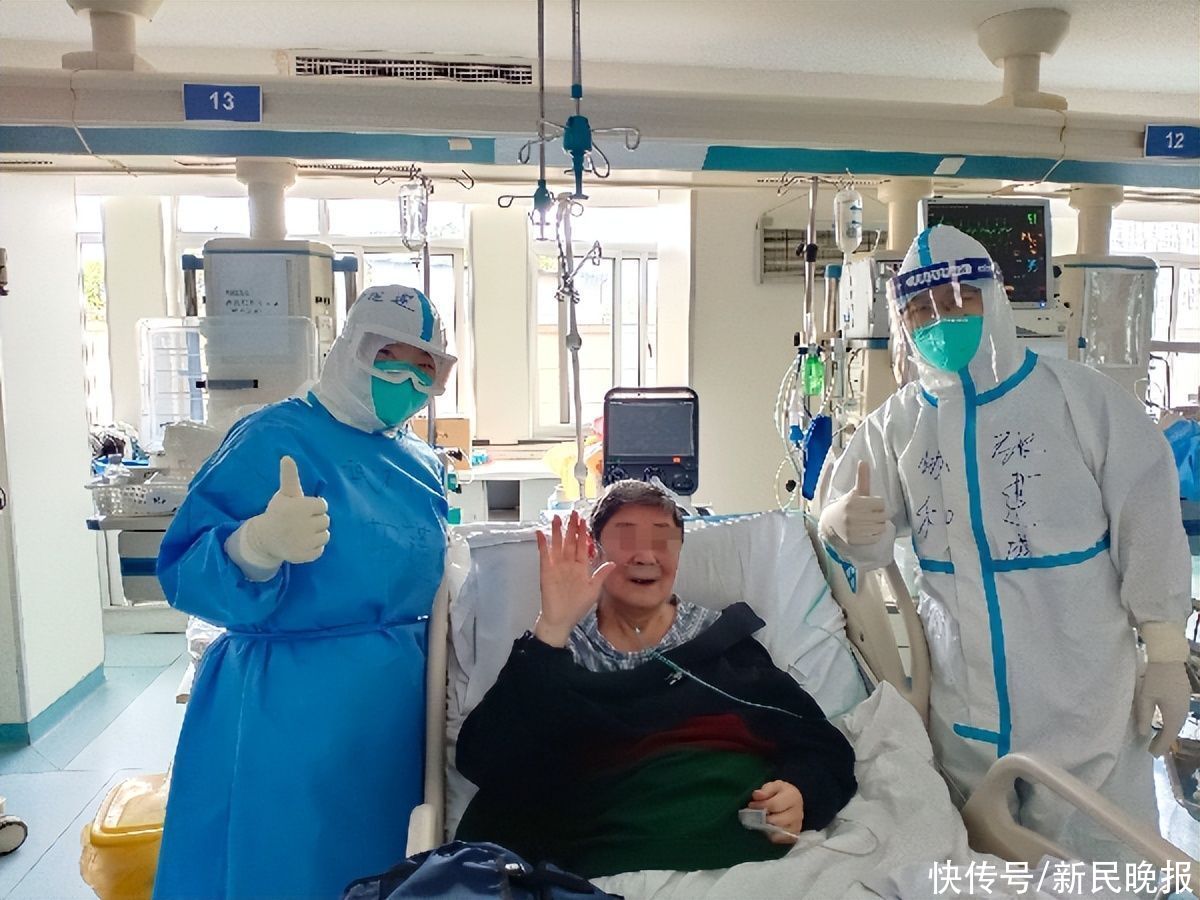
Caption: The careful care of medical staff in Wuhan Union Medical College Hospital
The 85-year-old who was admitted to the hospital on April 18 with severe new coronary pneumonia has a single lung After the careful care of the medical staff, Mr. Shi’s condition has gradually improved. He has a strong cough and sputum, and can eat independently. The nucleic acid test for the new coronavirus has also been negative for two consecutive times, and he was discharged from the hospital at 14:00 yesterday.
Xinmin Evening News reporter Gao Yang